Many of you who were fans of Max Brooks’ zombie masterpiece, World War Z, were probably not huge fans of the movie. In fact, the two bore little resemblance to each other, apart from inhabiting the same universe. Sort of.

Based on the advanced compumetrics of Nerdatron, there’s never been a zombie book like World War Z. The depth to which Max Brooks examined the zombie apocalypse is unparalleled.
The unabridged audiobook is absolutely the best way to read this book. Note the “unabridged” part. I was so mad that the initial offering of this book was abridged.
This is actually one of my favorite audiobooks. Ever.
Why? If only because Mark Hamill, Luke Skywalker, himself, is one of the main voices. Hamill voices Todd Wainio, who is the voice of the infantry fighting the “Zack,” what he calls the zombies.

The audiobook cast is ridiculous. There’s also Simon Pegg, Alan Alda, Rob Reiner, Frank frickin’ Darabont, F. Murray Abraham, and even Nathan Fillion. This is simply the best cast I’ve ever seen for an audiobook:
As you probably remember, Max Brooks meticulous exploration of the zombie apocalypse began with his Zombie Survival Handbook. Max Brooks’ Zombie Survival Handbook, is actually mentioned in the book. The narrator, literally Brooks himself, says “Oh, really?” when the Radio Free World translator points out the inherent weaknesses of the book [as described below].
HUGE SPOILER ALERT!! This article is basically all spoilers.
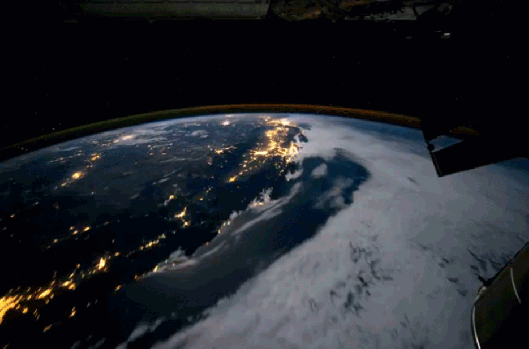
7. The view from space
Members of the International Space Station (ISS) heroically volunteered to remain in space after the last X-38 reentry “lifeboat” had been launched. They remained behind, not because they were afraid of the zombies, but to keep mankind’s satellite network up and running.

The satellite network wasn’t just for making phone calls and watching TV:
… Humanity depended on them for everything from communications to navigation, from surveillance to something even as mundane yet vital as regular and reliable weather prediction. This network was as important to the modern world as roads had been in ancient times, or rail lines during the industrial age. What would happen to humanity if these all-important links just started dropping out of the sky?
Has anybody ever described a zombie apocalypse from the point of view of space? This is one of the many new perspectives on zombies Max Brooks has given us.
Check out these soaring and vivid descriptions of the zombie apocalypse from space. From the ISS, the astronauts observed the mega swarms:
[Satellites] gave us our first look at the mega swarms over central Asia and the American Great Plains. Those were truly massive, miles across, like the American buffalo must have once been. (WWZ, p. 184)
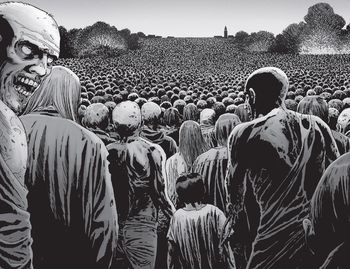
… the massive evacuation of Japan, which seascapes are also described below from the perspective of a hijacked Chinese nuclear submarine:
We watched the evacuation of Japan and couldn’t help but marvel at the scale. Hundreds of ships, thousands of small boats. We lost count of how many helicopters buzzed back and forth from the rooftops to the armada, or how many jetliners made their final run north to Kamchatka. (p. 184)
… an unwanted level of detail:
They say that during the cold war, American spy birds could read the copy of Pravda in a Soviet citizen’s hands … But I can tell you that these modern ones whose signals we pirated from their relay birds—these could show muscles tear and bones snap. You could read the lips of victims crying out for mercy, or the color of their eyes when they bulged with their last breath. You could see at what point red blood began to turn brown, and how it looked on gray London cement as opposed to white, Cape Cod sand.
… the world-wide phenomenon of zombie holes, created by zombies relentlessly pursuing burrowing animals,
… and from the naked eye, billions of campfires:
… what had to be at least a billion of them, tiny orange specks covering the Earth where electric lights had once been. Every day, every night, it seemed like the whole planet was burning.
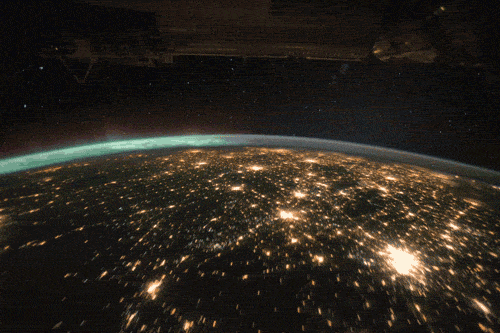
… and, lastly, the Noah-sized flood created when the Three Gorges Dam broke:
Roughly ten trillion gallons of water, carrying debris, silt, rocks, trees, cars, houses, and house-sized pieces of the dam itself! It was alive, a brown and white dragon racing to the East China Sea. When I think of the people in its path…trapped in barricaded buildings, unable to escape the tidal wave because of the Zed Heads right outside their doors. No one knows how many people died that night. Even today, they’re still finding bodies. (p. 185)
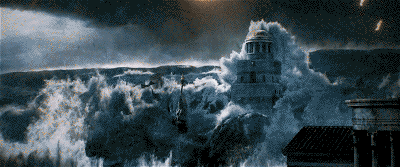
6. “Always up for meeting another veteran of Yonkers”
As mentioned above, Mark Hamill provides the voice for Todd Wainio. Wainio is sort of the personification of the American military and appears more than any other character in WWZ, except for the Interviewer.
Wainio is an infantryman whose career spans the entire “World War Z.” This begins with Wainio surviving the Battle of Yonkers, an epic SNAFU, which he describes as the Little Bighorn of the Z-War:
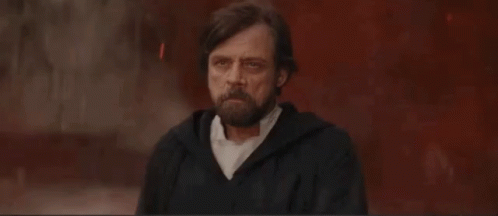
The Battle of Yonkers was supposed to re-instill the American people’s confidence in its military. It did the opposite.
The military had created an enormous zombie snake leading out of Manhattan. This was the majority of the New York City swarm: millions of zombies. The idea was to obliterate the horde as it passed through the Yonkers pinch point.
The military laid out all its biggest toys. They aimed all their biggest guns at the head of the swarm: tanks, humvees, mortars, surface-to-air missiles, Paladin rockets – the works! But the zombies kept coming … and coming …
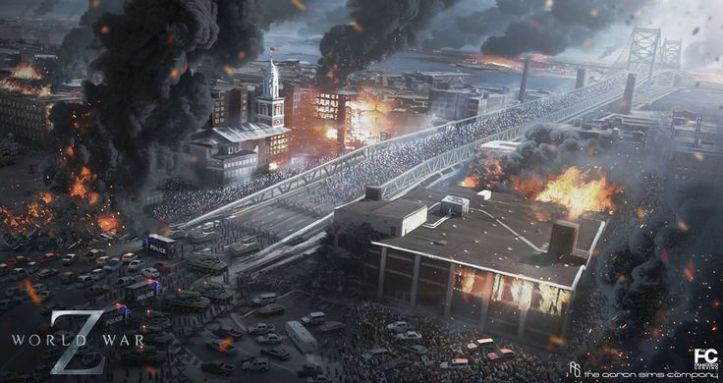
The army kept intensifying the firepower. Wainio called it a “meat grinder” (4.7.32). The zombies were riddled with holes, but they kept coming. So, the army brought out its baddest bomb of all.
It wasn’t a nuclear bomb – this was still an American city – it was a thermobaric weapon:
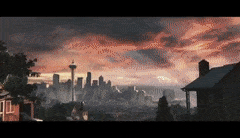
Wainio described the effects of such a weapon:
Have you ever seen the effects of a thermobaric weapon? Have you ever asked anyone with stars on their shoulders about them? I bet my ballsack you’ll never get the full story. You’ll hear about heat and pressure, the fireball that continues expanding, exploding, and literally crushing and burning everything in its path. Heat and pressure, that’s what thermobaric means. Sounds nasty enough, right? (p. 77)
Wainio goes on to describe one particularly nasty side effect:

What you won’t hear about is the immediate after-effect, the vacuum created when that fireball suddenly contracts. Anyone left alive will either have the air sucked right out of their lungs, or—and they’ll never admit this to anyone—have their lungs ripped right out of their mouth. (p. 77)
This may be the grossest concept for a zombie ever, the “external lungs” zombie:
… if you ever see a picture of a G, or even an example of a real walking specimen, and he’s got both air bags and windpipe just dangling out from his lips, make sure you give him my number. I’m always up for meeting another veteran of Yonkers. (p. 77)
Gotta love that last line.
5. The Chinese Submarine & the Floating Cities
The Interviewer visits now-Admiral Xu Zhicai (p. 166), who during the zombie war served aboard the Admiral Zheng He, a nuclear submarine. But not just any nuclear submarine:
The Admiral Zheng He was only one of three ballistic missiles subs and the newest of what the West referred to as the Type 94. She was the child of four parents: Russian assistance, black-market technology, the fruits of anti-American espionage, and, let us not forget, the culmination of nearly five thousand years of continuous Chinese history. She was the most expensive, the most advanced, the most powerful machine our nation had ever constructed. To simply steal her, like a lifeboat from the sinking ship of China, was inconceivable. (p. 167-168)
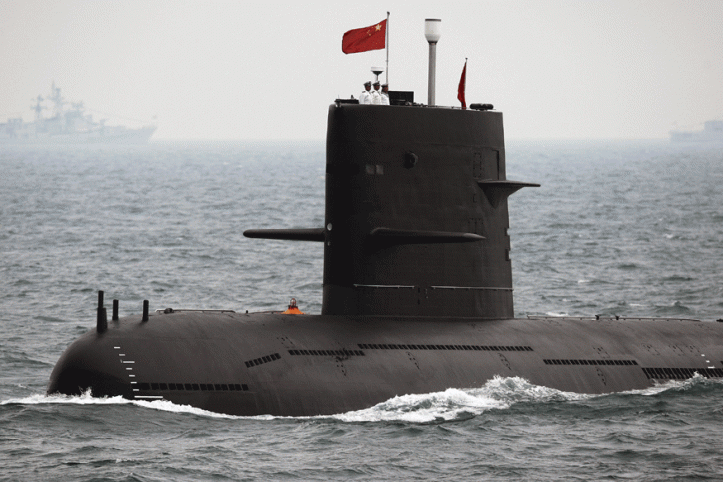
Zhicai served under Captain Chen, the greatest seaman in the Chinese Navy who commanded the greatest boat in the Chinese Navy.
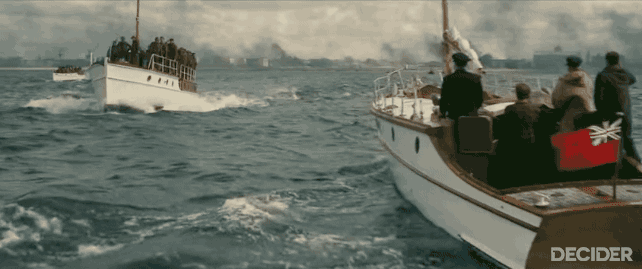
The periscope beheld an awesome spectacle when the submarine finally resurfaced, several months after escaping China. Ships, hundreds and thousands of ships and things converted into ships, covering the world’s oceans. The human race had finally returned to the sea. It was like Dunkirk on the global scale.
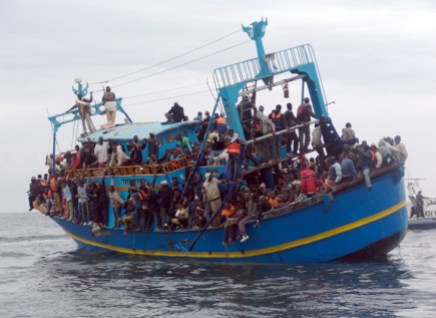
Mankind had used whatever it could find to escape the swarms of zombies, including museum pieces:
You know the USS Saratoga? We saw her, being towed across the South Atlantic, her flight deck now a tent city. We saw a ship that had to be HMS Victory, plying the waves under a forest of improvised sails. We saw the Aurora, the actual World War I–era heavy cruiser whose mutiny had sparked the Bolshevik Revolution. I don’t know how they got her out of Saint Petersburg, or how they found enough coal to keep her boilers lit. (p. 172)
… things that should have never put out to sea:
… skiffs, ferries, and lighters that had spent their careers on quiet lakes or inland rivers, coastal crafts that should have never left the harbor for which they’d been designed. We saw a floating dry dock the size of an overturned skyscraper, her deck now stuffed with construction scaffolding that served as makeshift apartments. She was drifting aimlessly, no tug or support vessel in sight. I don’t know how those people survived, or even if they survived. There were a lot of drifting ships, their fuel bunkers dry, no way to generate power.
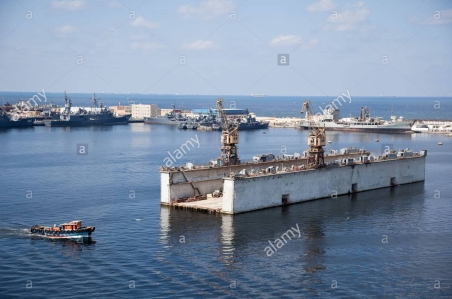
… even packing peanuts:
We even came across a nautical shantytown constructed atop hundreds of garbage bags filled with Styrofoam packing peanuts. It reminded us all of the “Ping-Pong Navy,” the refugees who, during the Cultural Revolution, had tried to float to Hong Kong on sacks filled with Ping-Pong balls.
This section of the book has some amazing storytelling besides the soaring descriptions of the post-apocalyptic seascape.
- Captain Chen’s son is the captain of another submarine that may or may not be charged with hunting down and destroying his father.
- Then, there’s the demise of the Politburo and how the submarine single-handedly ends the Chinese Civil War. All great stuff.
4. The reference to Max Brooks’ Zombie Survival Handbook
The Interviewer meets with Barati Palshigar, a translator for Radio Free Earth. Barati explains the mission of Radio Free Earth:
Ignorance was the enemy. Lies and superstition, misinformation, disinformation. Sometimes, no information at all. Ignorance killed billions of people. Ignorance caused the Zombie War. Imagine if we had known then what we know now. Imagine if the undead virus had been as understood as, say, tuberculosis was. Imagine if the world’s citizens, or at least those charged with protecting those citizens, had known exactly what they were facing. Ignorance was the real enemy, and cold, hard facts were the weapons.
There weren’t many pre-war resources for fighting zombies. This was mostly because zombies were thought to be fictional, right up to the point they started eating people.
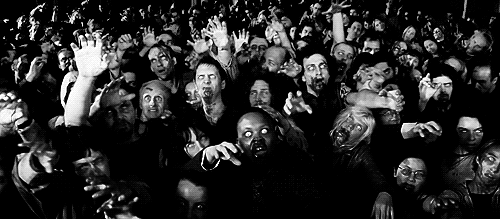
There was one Zombie Survival Handbook that had been published, though, and by none other than Max Brooks, himself. Barati mentions the Handbook and the Interviewer, who is actually voiced by Max Brooks, responds with a little bit of sass:
Barati: … It was heartbreaking, having to debunk one misguided myth after another. The civilian survival guide helped, but was still severely limited.
Interviewer: Oh really?
Barati: Oh yes. You could see it was clearly written by an American, the references to SUVs and personal firearms. There was no taking into account the cultural differences…the various indigenous solutions people believed would save them from the undead.
This was an extremely “meta” moment, especially in the audiobook. Max Brooks, as the Interviewer, appears to take umbrage at the criticism of a book by Max Brooks, all of which is taking place in another book by Max Brooks.
NOTE: I know Brooks doesn’t actually state the title of the “civilian survival guide” is his own Zombie Survival Handbook, but come on, right? That level of self-promotion would be too direct, sort of a faux-pas. Mr. Brooks, though, if you’re reading this. Will you please tell us if the “civilian survival guide” mentioned in WWZ was actually your Zombie Survival Handbook?
Again, you can help support Nerdatron by purchasing your very own copy of the Zombie Survival Handbook or other WWZ books by clicking on their images:
3. The survival of Israel …
World War Z describes why the particular nature and history of the Jewish people helped them prepare for the zombies. There’s something Biblical about this!
The narrator interviews a former spy named Jurgen Warmbrunn [WWZ, Ch. 2 “Warnings”, Part 6]. He explains how Israeli adapted following the Yom Kippur War, when the Arabs almost finished “what Hitler started”:
From 1973 onward, if nine intelligence analysts came to the same conclusion, it was the duty of the tenth to disagree. No matter how unlikely or far-fetched a possibility might be, one must always dig deeper. If a neighbor’s nuclear power plant might be used to make weapons-grade plutonium, you dig; if a dictator was rumored to be building a cannon so big it could fire anthrax shells across whole countries, you dig; and if there was even the slightest chance that dead bodies were being reanimated as ravenous killing machines, you dig and dig until you strike the absolute truth.
Warmbrunn became the “tenth to disagree.” He shared intel with another analyst Paul Knight and created the Warmbrunn-Knight report. Because of this, Israel was able to surround itself by a wall before the worst hit. In the book, the wall seems to handle the hordes better than in the movie:

2. When you realize the source of the WWZ zombie outbreak …
From “Greater Chongqing, the United Federation of China” [WWZ, Ch. 2 “Warnings”, Part 1]:
Dr. Kwang Jingshu describes the first outbreak he saw occurred in the remote village of New Dachang. Patient Zero was a boy was bit while “moon fishing” in the enormous reservoir created by the Three Gorges Dam. The inland sea had buried hundreds, maybe thousands of rural peasant villages, like Old Dachang.
Patient Zero and his father were diving for treasure. The boy and his father were swarmed by an underwater school of the undead. The boy was bit and his father never resurfaced.
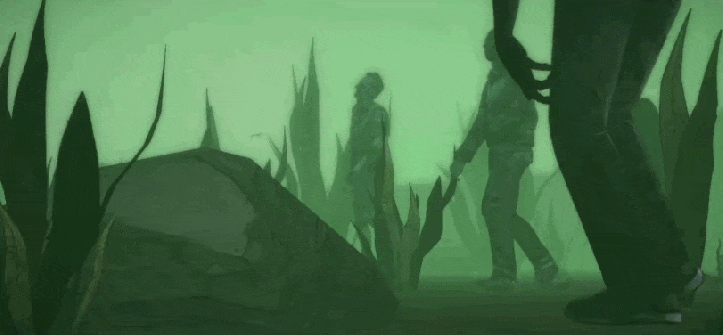
A very old woman “with very small feet” (likely a result of foot-binding) came up to Dr. Kwang after the Chinese government had arrived to sanitize the area. She blamed the government for the zombie outbreak. She explained that the desecration of their temples had caused the outbreak:
One by one they were stripped and photographed. The last one to be exposed was a withered old woman. She had a thin, crooked body, a face with a thousand lines and tiny feet that had to have been bound when she was a girl. She was shaking her bony fist at the “doctors.” “This is your punishment!” she shouted. “This is revenge for Fengdu!” She was referring to the City of Ghosts, whose temples and shrines were dedicated to the underworld. Like Old Dachang, it had been an unlucky obstacle to China’s next Great Leap Forward. It had been evacuated, then demolished, then almost entirely drowned.
The WWZ outbreak, therefore, resulted from a toxic combination of vengeful spirits of the underworld and the unnatural, forced advance of society by the Communist government. This is a pretty unique and extraordinary turn in ZA literature.
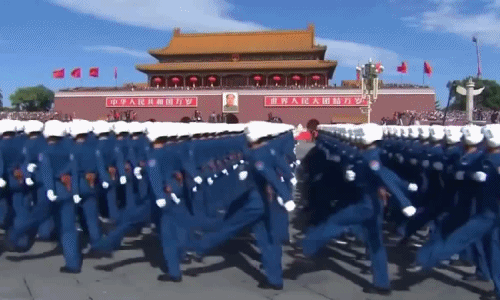
Of course, Dr. Kwang later tells us that the Chinese government was already aware of the existence of zombies prior to this. The true origin is only alluded to. It seems China had been meddling in biochemical warfare since capturing Japanese research in the aftermath of World War II. This connection between WW2 and WWZ is another great piece of writing.
And the “Don’t worry, everything gonna be all right” story was a great piece of storytelling, too!

1. Paul Redeker’s name in the guest book
Max Brooks does an amazing job of showing us the traumatic effects of war, especially a zombie apocalypse. The Interviewer visits Sharon, a feral child survivor of the apocalypse. Sharon never aged mentally past childhood due to the fracturing of her psyche.
The Interviewer also visits Colonel Christina Eliopolis and her emergency radio responder “Mets.” Mets helps guide Christina to safety after her plane crashes in the swamp. After the ordeal is over, Christina slowly realizes that Mets wasn’t real. She had created her.

The World War Z scene I’m about to describe is, I believe, even better than these.
Brooks turns his critical eye to the Apartheid period of South Africa. Apartheid was a period of violent racial segregation in South Africa:
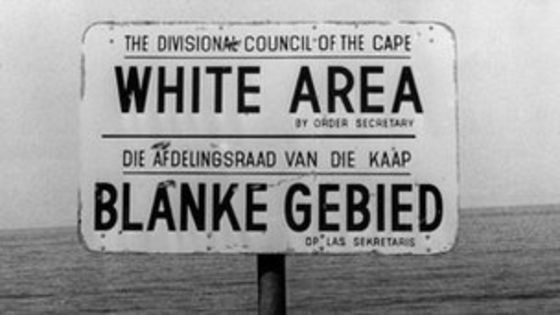
One of the most interesting characters in the entire book is Paul Redeker. The Redeker Plan is generally credited with saving humanity from the zombies.
Redeker first gained notoriety when the South African apartheid government took an interest in Redeker’s university papers, “all dealing with alternate ‘solutions’ to historical, societal quandaries.” These papers and his “Orange Eighty-Four” project cause people to label him an extreme racist.
Following apartheid, Redeker became emblematic of the racism of the period, just as Nelson Mandela was later emblematic of the hope that eventually conquered. These two were like dark and light.
Redeker’s basic argument was simply to “imagine what could be accomplished if the human race would only shed its humanity” (5.1.3). This is how he developed the Redeker Plan.
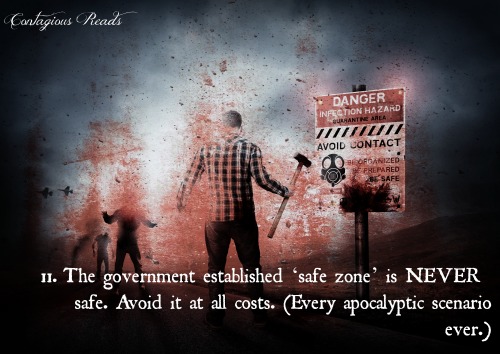
Redeker envisioned leaving behind small fortified groups of living people behind to create a diversion so that the many might escape. Those left behind would eventually become zombie food, though Redeker’s plan actually did include re-supplying them. Basically, the final, logical conclusion of Utilitarianism: the good of the many outweighs the good of the few.
The narrator doesn’t interview Redeker. He interviews Xolelwa Azania, a biographer of Redeker. Azania later says he “took over” for Redeker at a certain point. Interestingly, the interview takes place at Robben Island. Robben Island is where Nelson Mandela was imprisoned for much of his 27 years behind bars.
Azania mentions that “Redeker’s lifelong jihad against emotion was the only way to protect his sanity from the hatred and brutality he witnessed on a daily basis” (5.1.20). The source of Redeker’s “jihad against emotion” wasn’t extreme insensitivity to human pain and suffering, but extreme sensitivity to it.
Redeker was so sensitive that he suffered a mental breakdown. This occurred during a closed door meeting of the leaders of the South African government. Fury erupted at the implications of the Redeker Plan. The South African president claimed he had not sent for this monstrous man, Redeker – then who did?
This is when the “elder statesman” stood up. It was he who had called for Redeker. The elder statesman embraced Redeker saying, “This man will save our people.” The elder statesman was none other than Nelson Mandela.
Redeker’s mind exploded at this moment. This is when Xolelwa Azania, the biographer whom Brooks is interviewing, “took over” for Redeker.
So, who is Azania? When the Interviewer signs out of the psychiatric hospital, the name of the patient he is visiting is revealed. It’s not Xolelwa Azania; it’s Paul Redeker. Azania was Redeker. The white man had morphed into a completely new personality as a black man.

What other great moments from Max Brooks’ World War Z need to be added to this list?
Please let Nerdatron know in the comments below! Also, remember to share this post everywhere … you never know when it could save a life (from being devoured by the undead).







The conversation between the Mercenary and the dog.
-What about your master?
-What about yours?
-F#¢k ’em.
Yes! That whole scene was great. I probably won’t mention the part when he sees Bill Maher and Anne Coulter (I assume?) on the beach going at it like there’s no tomorrow.
It was them? Oh god, I’m not american so I couldn’t put who was Mr. Brooks referencing in that part. But damn, if that’s true it would be friggin hilarious xD
One of my favorites was Mary The Soccer Mom now Mayor and Stanley The Canadian Soldier (and the fact about Meteora monasteries converted in some kind of fortress and part of an spiritual pilgrimage).
I really love this book.